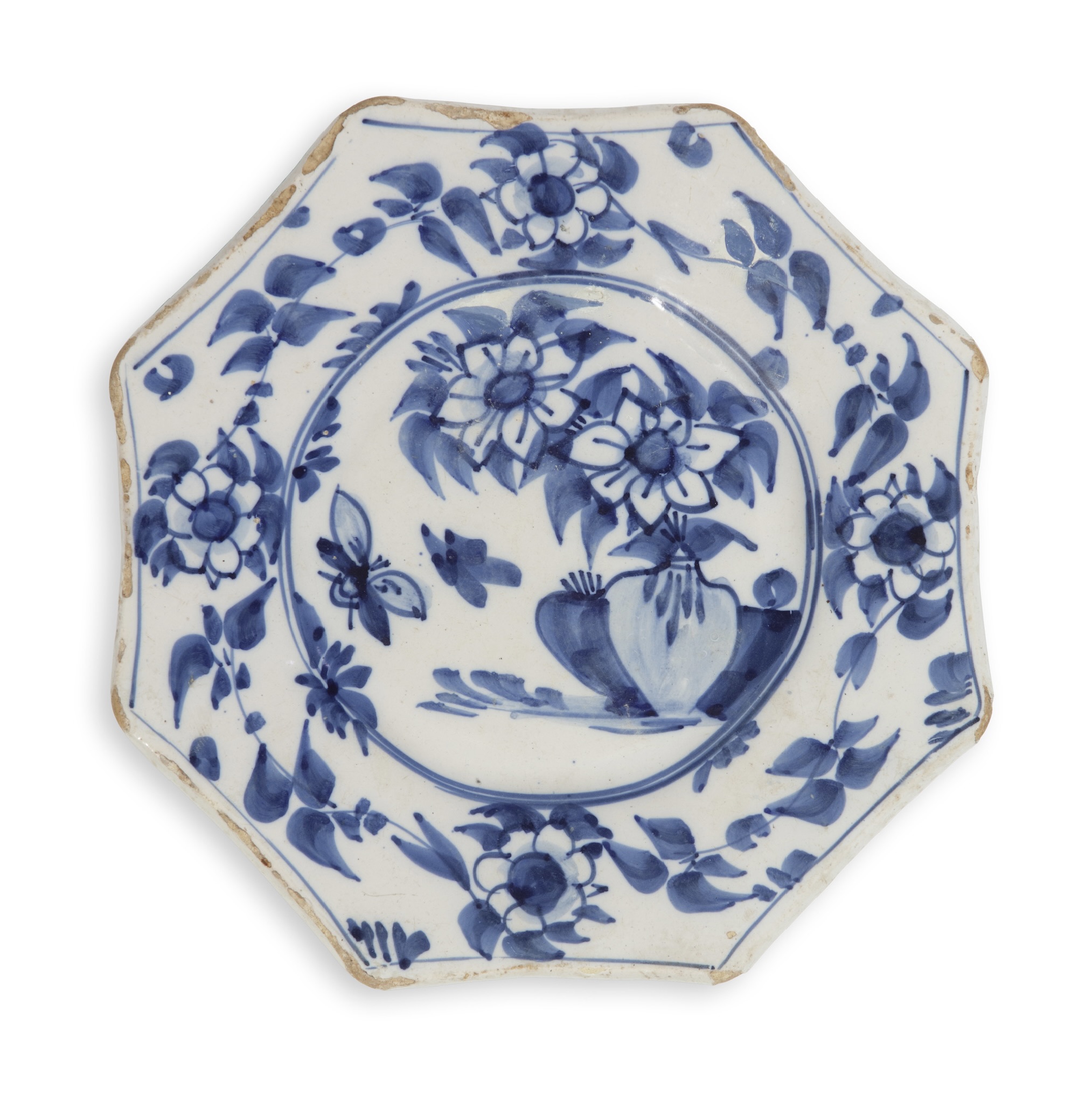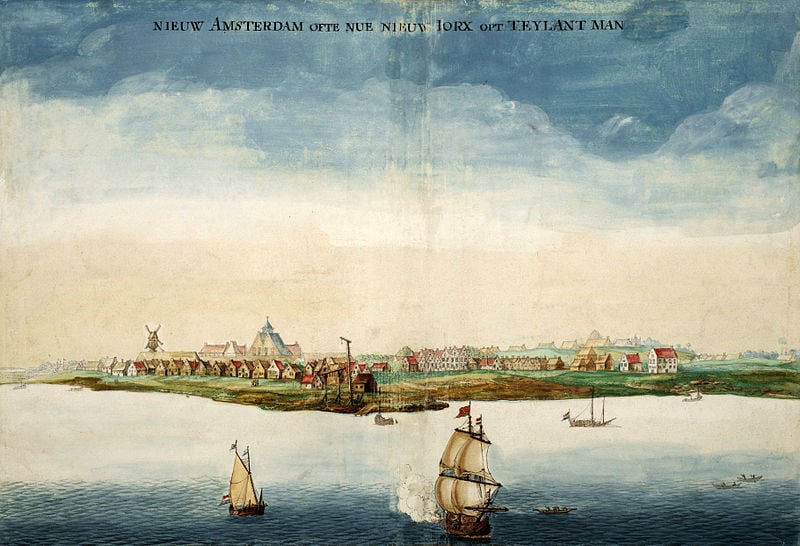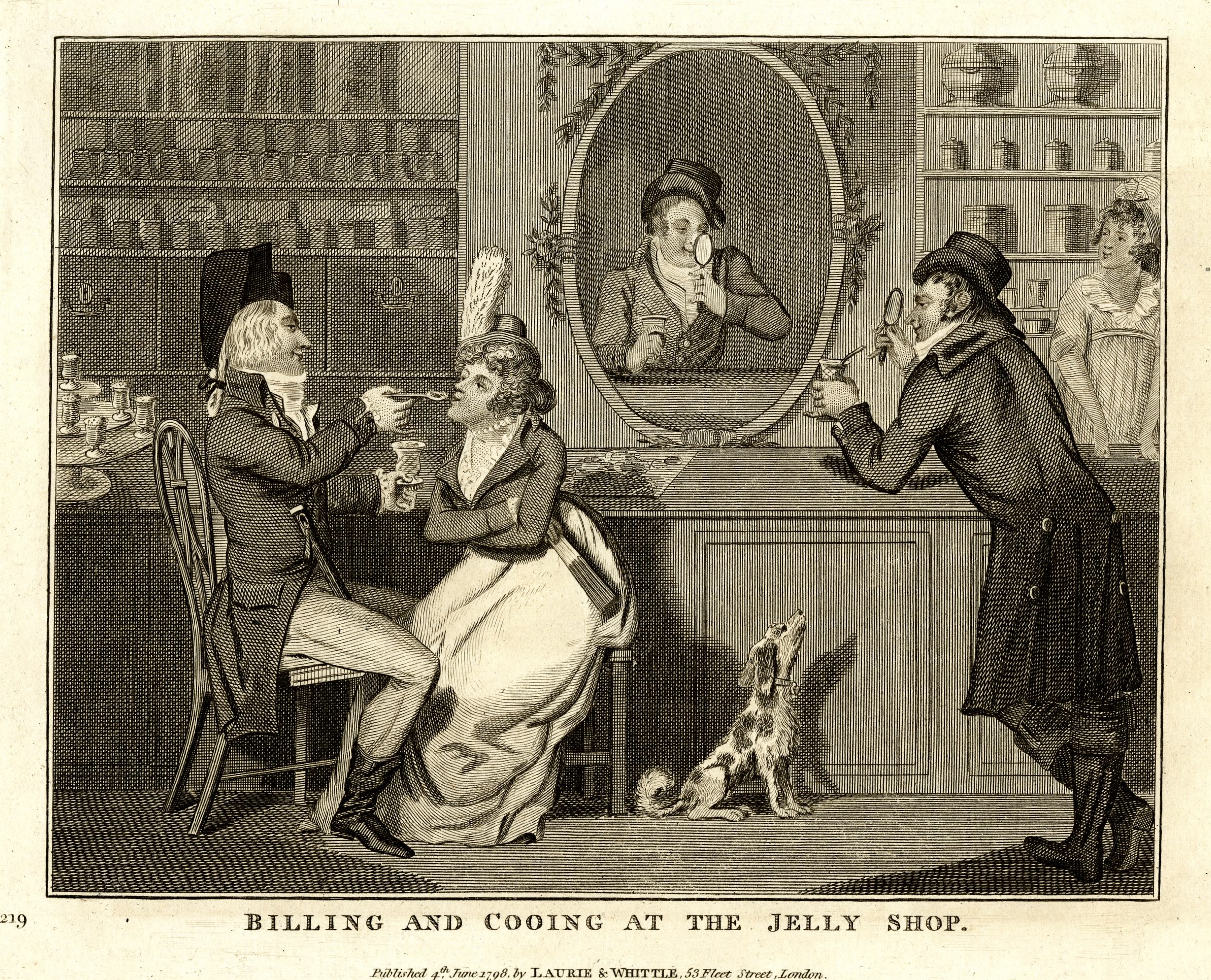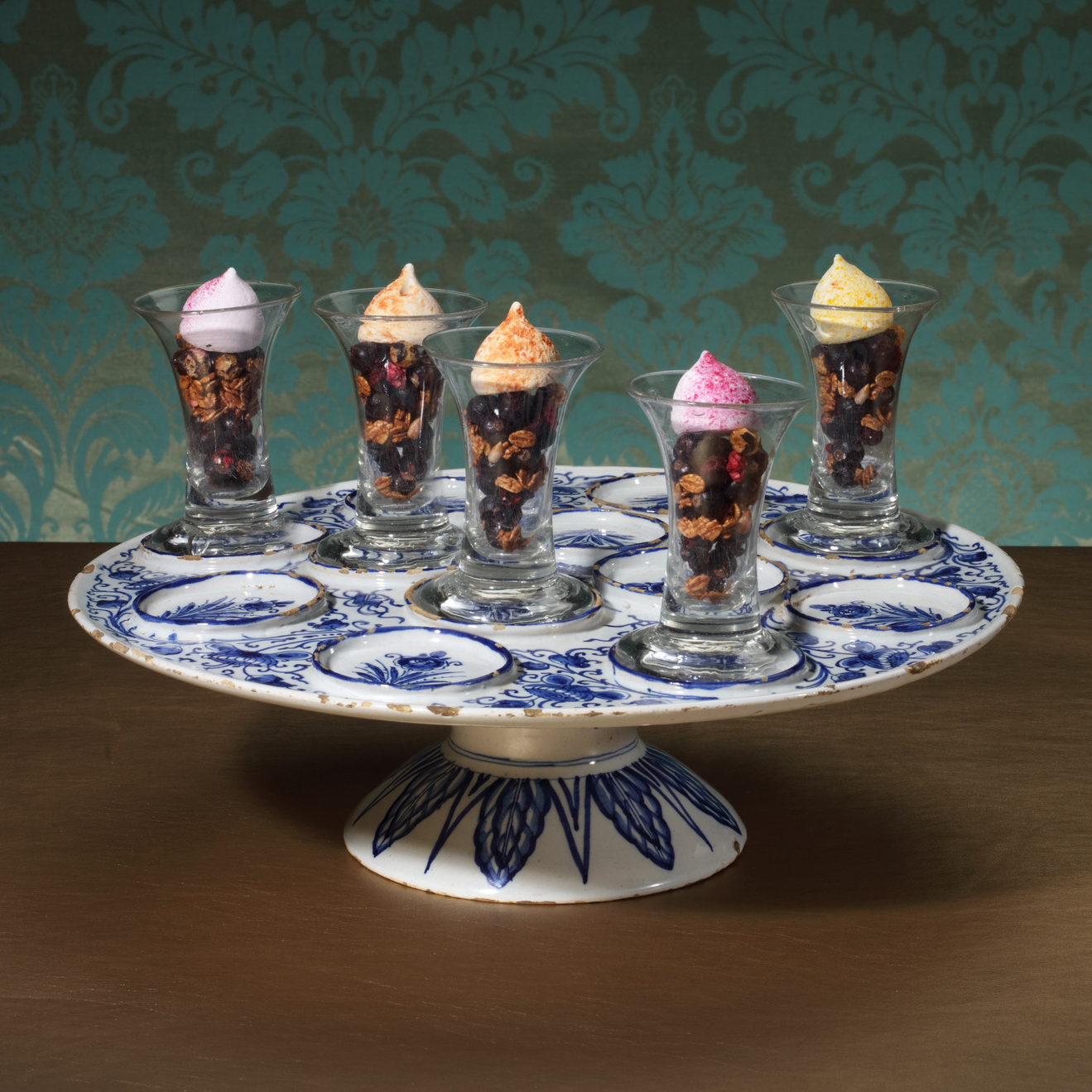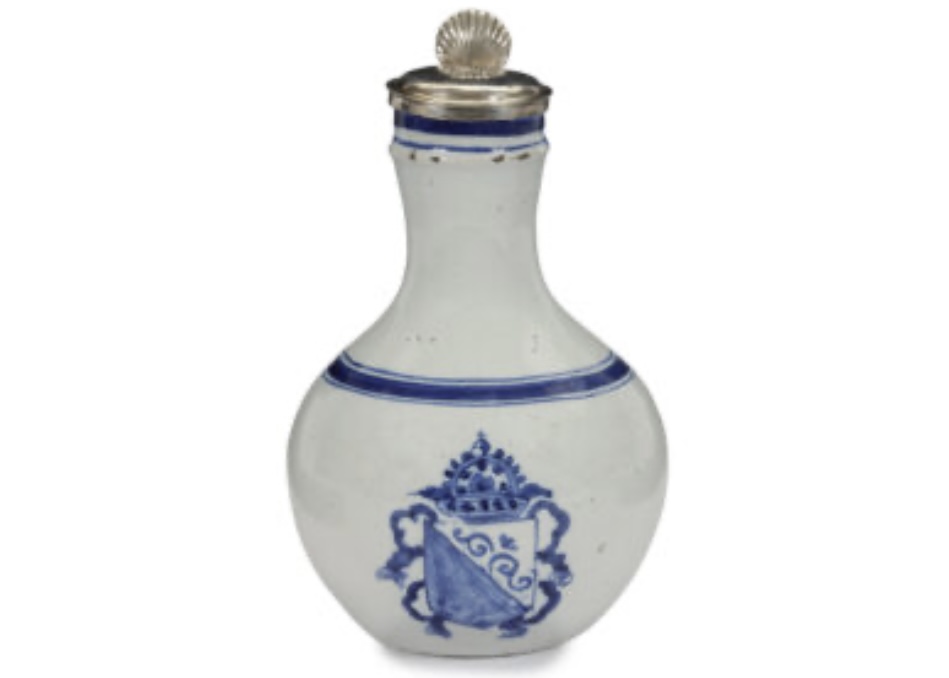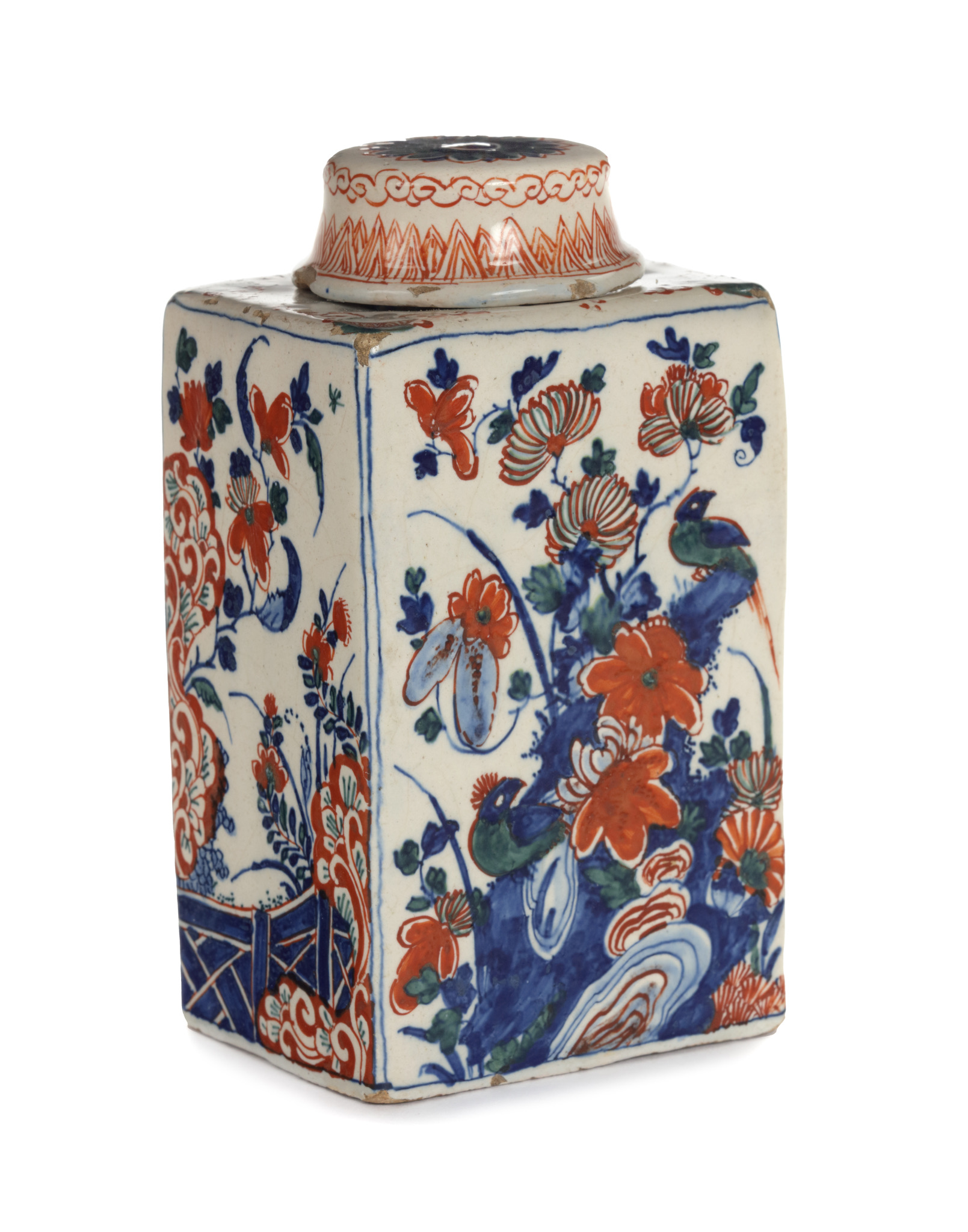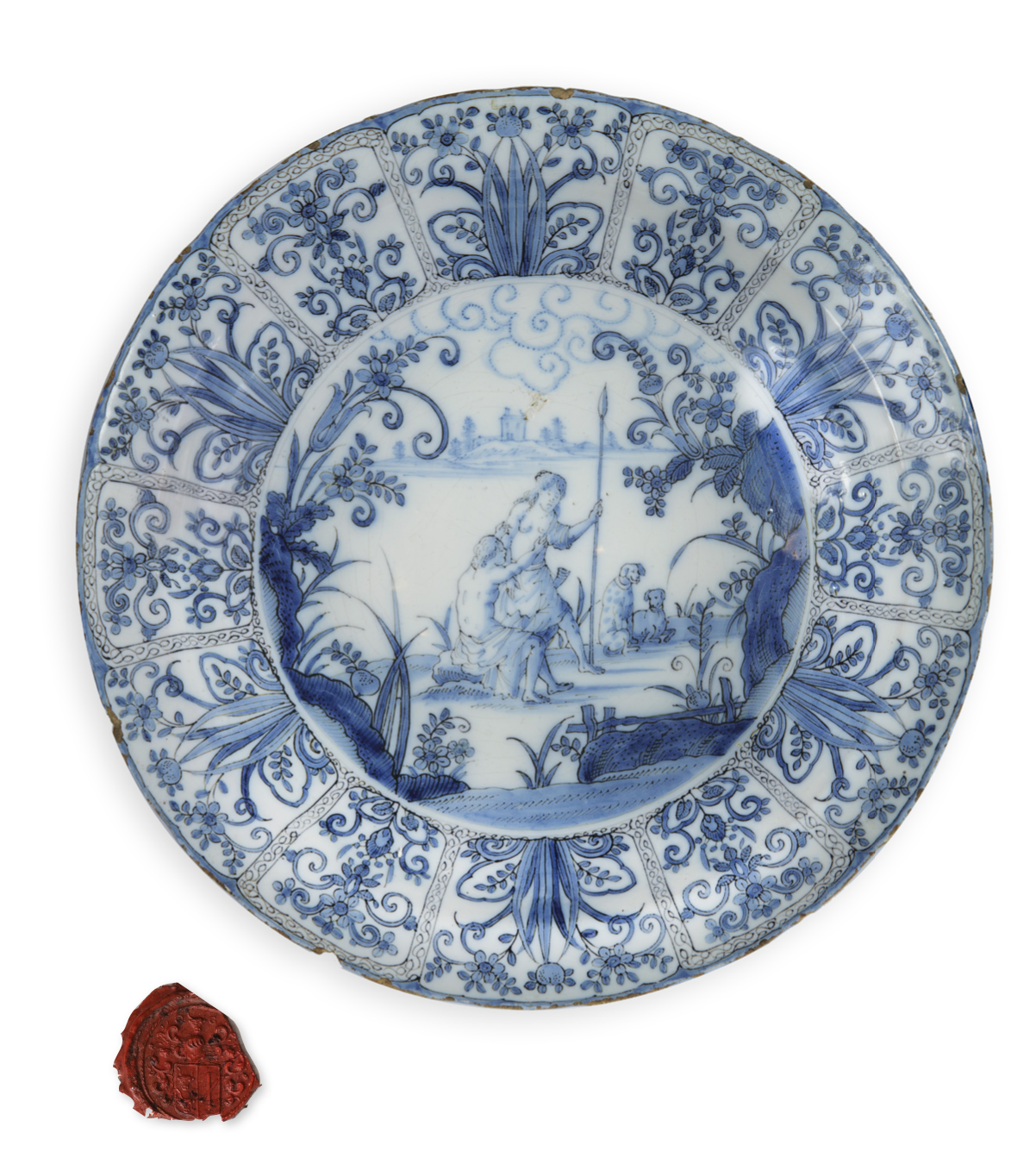Blue and White Biblical Charger
Every month, a special object from the Aronson Antiquairs’ collection is presented. This month, the focus is on a blue and white biblical charger, made around 1660. The decoration on this dish depicts one of the Old Testament’s most powerful examples of obedience and faith: the story from Genesis, Chapter 22, verses 1-18, of Abraham…


